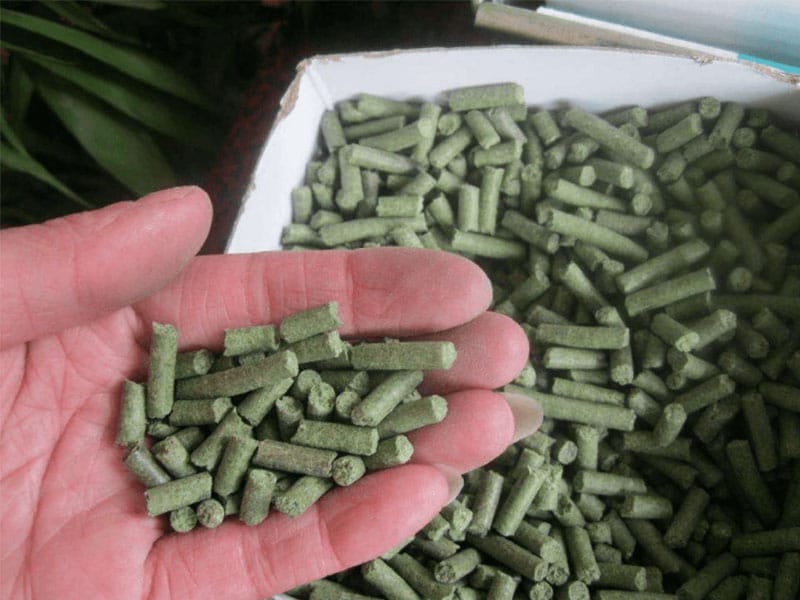Scientific utilization of rabbit green feed
In early spring, if the feed is yellow and green, feeding adult rabbits with thatch roots, willow buds, and elm seeds is good for aphrodisiac; feeding long-haired rabbits with rosewood buds is good for the growth of rabbit hair; for suckling female rabbits feeding more bitter vegetables, dandelions, bittersweet, pulling rice seedlings, etc. will help promote milk. In order to increase disease resistance, a certain amount of green onions and garlic should be mixed into the feed during wet and rainy seasons.

Summer is hot and humid, and rabbits are prone to diarrhea. At this time, it is best to feed some "dry grass" with low water content, such as wild soybeans, old beef tendon, iron amaranth, root grass, tiger tail grass, wild alfalfa, purple Yunying, bean vine, grass with dew. Muddy grass cut after rain must be washed and dried before feeding to prevent diarrhea.
Autumn has sufficient feed, which is a good season for raising rabbits. Make full use of a large amount of green feed. Young rabbits should choose green juicy feed with large leaves, fat and tender leaves, such as wild bitter vegetable, bitter shepherd's purse, shepherd's purse, plantain, cabbage leaves, radish leaves, carrots, sweet potatoes, etc. Onions, dead leaves, etc. have anti-inflammatory, sterilizing and stomachic effects. Alfalfa, Astragalus sativa, clover, vetch, acacia leaves, etc. all contain high protein. Too much feeding of young rabbits can easily lead to diarrhea and stomachache, so the feeding amount should be controlled. At the end of autumn, pay attention to choosing feeds that wither later, such as rice straw, purslane, radish tassels, and cabbage leaves.
There is a lack of green feed in winter, so you can choose to feed carrots, green radishes, cabbage, pumpkin, barley sprouts, grain sprouts, high-quality hay or silage, and use silage to control the quantity. The germinated feed can be prepared manually. The specific method is as follows: wash wheat and millet with warm water at about 20℃ to remove scraps, impurities, and sand. After removing it, place it in a basin or on top of the lid and spread it out. The thickness is about 2.5. ~5cm, control the room temperature to 15℃~20℃, spray hot water in time, and feed the rabbit when the bud grows to 6~8cm. The germinated feed is rich in nutrients and is a premium feed supplementing sugar and vitamins.
【Related articles about rabbit feed】
1.Rabbit feed production process
2.What kind of feed do rabbits like to eat?
3.How to prepare rabbit feed? (Including rabbit pellet feed formula)
4.Common rabbit feed ingredients and formulas
If you want to built one complete pellet production line in your country, pls send the inquiry to us. We will customized design according to your requirement.



